How will I know when my child is ready to read? What are the reading readiness signs and skills that show my child is ready to read? You may have wondered these questions a time or two before.
Today, we’re going to explore a few readiness signs and I have a free, printable checklist {at the END of the post} that you can use to assess to see if your child, or student, is ready to read!
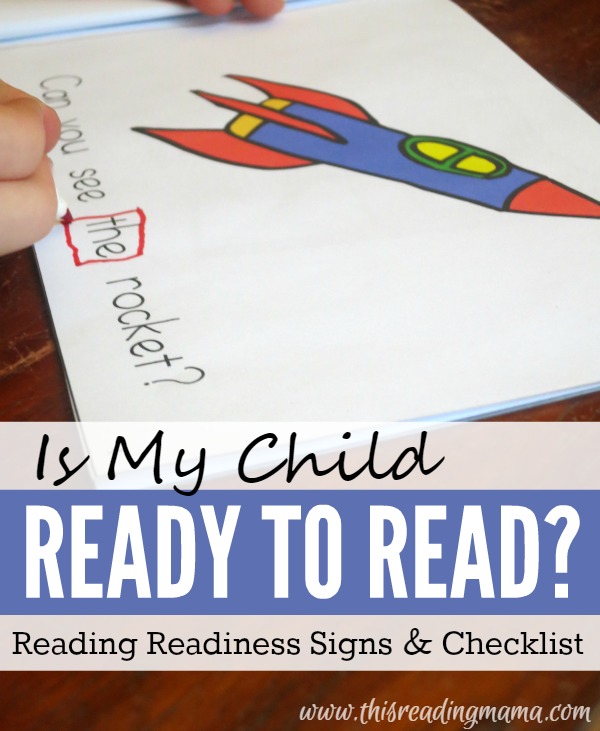
*This post contains affiliate links.
Signs that a Child is Ready to Read
The pressure to have kids reading at an early age is sometimes so unbearable that parents and teachers alike push kids before they are developmentally ready to read. And as these kids get older, we wonder why they are struggling to read to keep up!
I believe with every teaching fiber in me that we need to follow the lead of our kids, especially when they are young. Our kids will let us know when they are ready to read AND there are things we can teach them to help prepare them along the way. While I’m listing these 5 reading readiness signs separately, they really do all work together to help beginning readers. Let’s explore together. {You can find more resources for reading readiness at The Measured Mom.}
1. Your Child is Interested
For me, interest is KEY. So much so, that I put is as #1. If your child isn’t ready, he will let you know! BUT, I would also encourage you not to give up. Continue reading with your child, purchase toys that feature the alphabet or math concepts, make it as meaningful as possible, or make a big deal about your child’s name {especially that beginning letter}.
If your child is fighting you, don’t make learning a question and answer session, where you “grill” your child, “What’s that letter?” or “What rhymes with bat?” Live it. Show it. Read it. Integrate literacy into your every day. Sneak it in whenever possible.
And whatever you do, don’t compare your reluctant learner to a sibling or another child. Oh, such a trap this is! Every child is different. That’s the beauty {and sometimes frustration} of it.
2. Your Child Can Remember & Retell Simple Stories
Do you ever catch your child “reading” a story you’ve read to him? Does your child answer simple questions about stories as you read her? This is an important skill needed for reading, too.
Quality literature is vitally important. While we do have the occasional TV character book, this is not what fills our shelves. We have several quality book lists: Our Favorite Books {5-day series}, Letter of the Week Book Lists, and Rhyming Books for Kids.
Reading WITH your child, not just TO you child is another point I want to mention. And there is such a subtle difference. When you read with your child, your child is in your lap or right beside you, giving your child the opportunity to see and interact with the pictures and the story. Reading to a child usually means the child takes a less active roll in the story.
While there is a place for both, reading with younger kids has the better potential of developing a love for reading and understanding of how books work {see number 3.} You’ll find lots of tips for reading with your child on my collaborative Read Aloud Resources Pinterest Board.
3. Book & Print Awareness
Book awareness is something that most kids pick up naturally as you read with them. How do you hold a book? Where is the front of the book? Where is the back of the book?
Print awareness, while it can be “caught”, requires a little more explicit instruction because there is a wider range of vocabulary from simple vocabulary like words to much harder concepts like quotation marks. Please hear me say that kids do not need to know everything there is to know about print before they are ready to read either.
Included in the checklist {at the end of this post} are some simple things about print that kids need to be taught, like “These are the words and this is the picture.” or “This is the first letter in the word.” You can read even more about book and print awareness here and find ideas from A to Z here.
4. Your Child Can Play with Sounds in Words
What exactly do I mean by this? While we have a 7-day series on this topic that goes into more depth, the “cliff notes” version is that kids can play word games without any written letters or words. The games can be played ANYWHERE {and I highly recommend playing them anywhere, too!} The three biggest helps before reading are 1- playing with rhymes, 2- playing with syllables and 3- playing with sounds in words.
Rhyming Fun
Teaching rhyming is so much fun! You can do this through rhyming books {see our book lists for kids HERE and HERE.} You can even do this on the swing outside: “I can rhyme with bat…cat.” My absolute favorite way to teach rhymes is through songs.
Some of our favorite artists over the years have been Raffi, Greg & Steve, Hap Palmer, Dr. Jean, and Super Simple Songs. Listening to and singing these songs prepares readers to rhyme and understand the foundation of how words work. I’ve yet to teach a child {including my own} who turned his nose up at these fun songs!
Learning about Syllables
For pre-readers, the ability to count syllables in words is enough, although I have included blending syllables on the printable checklist as well. Clapping, stomping or jumping to syllables in words is a great way to get kids actively involved.
I also like to have a physical way for kids to count them, like we did in our DUPLO block syllable counting activity. This way, syllables become concrete as they can physically count them as they say the word. You can find more syllable counting ideas in each lesson of Reading the Alphabet, in our seasonal Pre-K/K Packs, or these awesome syllable clip cards from The Measured Mom.
Learning About Individual Sounds in Words
In order to read, kids need to understand how letter sounds form words {sometimes called “sounding out words”.} But before I focus on reading simple words in print, I like to play sound games with alphabet picture cards to help them take those individual sounds and make words. You can find TONS of sound games, like our Letter Sounds Tic-Tac-Toe game, on our ABC Goodies Pinterest board.
Beginning consonant sounds are easiest for kids to hear, so I start there {see more about this in #5 below.} After beginning sounds, come the ending sounds. Then, middle vowel sounds.
Once kids are hearing the beginning, ending and vowel sounds, I play a simple listening games, especially ones to help kids blend sounds together to form words. For example, “I’m going to say a word very slowly. Can you figure out which word I’m saying? /b/-/e/-/d/.” {Notice that I’m saying letter sounds with a pause in between.} The child is to take those sounds, blend them together faster, and then realize the word is bed.
You can read about and see more listening games in action like this one over at Imagination Soup or in our post on Phoneme Blending.
5. Your Child Knows MOST of His Letters and Sounds
You might be surprised that I didn’t say all letters and sounds. Some letters are trickier and less frequent than others, such as q, x, or z. And while we want our kids to eventually get those letters, kids can actually start reading before they are completely mastered.
I also believe that kids need to know letter names {upper and lowercase} AND their letter sounds. Not either/or, but BOTH. You can read more about why here.
Once again, beginning consonant sounds are the best place to start when teaching letter sounds within words. Why? Because developmentally speaking, these are the easiest for kids to “hear” in a word. One of the first strategies kids learn when figuring out unknown words is to use the first letter to help them start to say the word.
For example, when reading “My Letter Gg Book” from Reading the Alphabet, my 4 year old read present instead of gift {even though we went over the vocabulary before reading it.} After all, it does look like a present, right? This is about how our conversation went that day.
Me: “Let’s look at this word right here.” {pointing to gift.} “What letter would have to be at the front of this word for it to be present?”
MBug: “Umm…p-p-present. A p.”
Me: “Yes, you’re right. But look at the word again. Does it have a p at the front?”
MBug: “No.”
Me: “So, it can’t be present because we’d see a p at the beginning of that word. It must be another word that means the same thing as present, but it starts with a /g/ sound instead. How about gift?”
MBug: “Yeah, gift!”
Me: “So help me remember. What clue did the word give me to help me know that it is gift and not present?” {Checking to see if she can put it in her own words.}
MBug: “The first letter…the sound it makes.”
Me: “Yes, the first letter in a word can sometimes give you a BIG clue and help you know what the word says {or doesn’t say.}”
Reading Readiness Checklist
Anytime I hear the word checklist, I automatically think, “non-flexible.” So, before I share our printable Reading Readiness Checklist, I want to remind you that all kids are different. This checklist was developed to help you see the strengths and weaknesses of your child in regards to the five readiness skills we talked about above. It can be given as a “sit down” kind of test, although I would NOT advise doing it all at one time; or you can simply use the ideas as a springboard for integrating them into you day.
And, as always, YOU are the expert on your own child. I might know how to tell if a child is ready to read, but you know your child better than me. Use your own judgment when making that call.
Ready to download the checklist? Click below!
~Becky
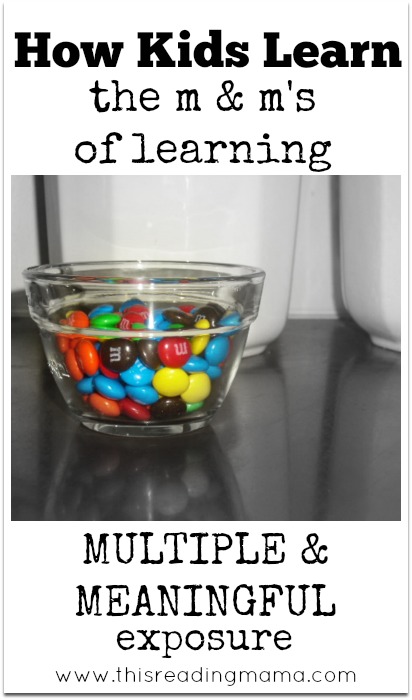
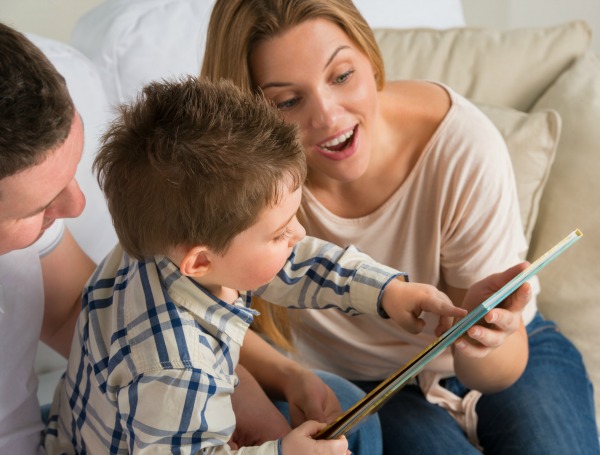
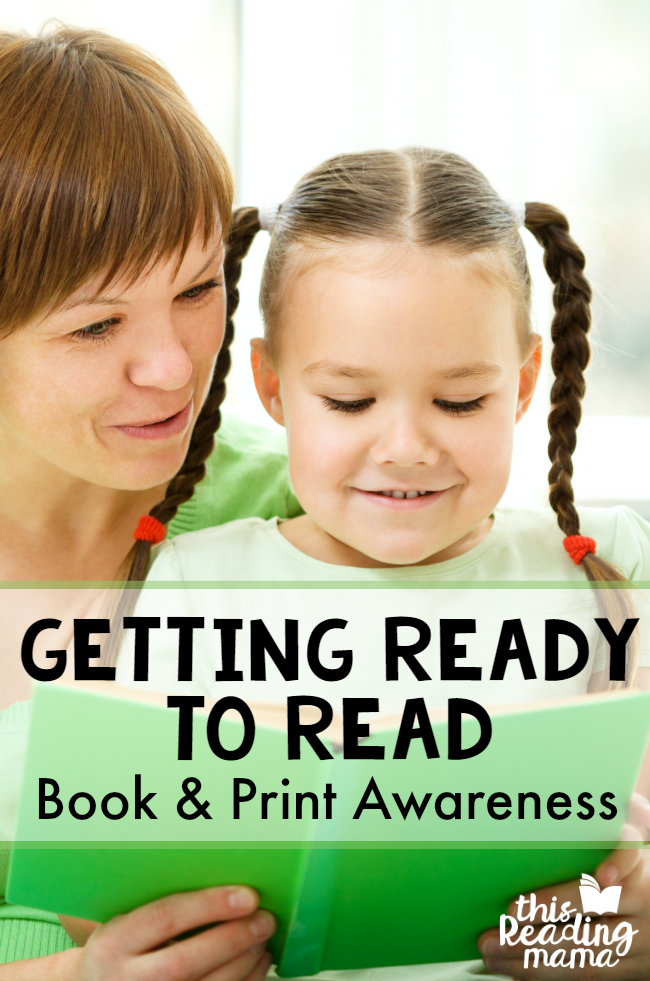
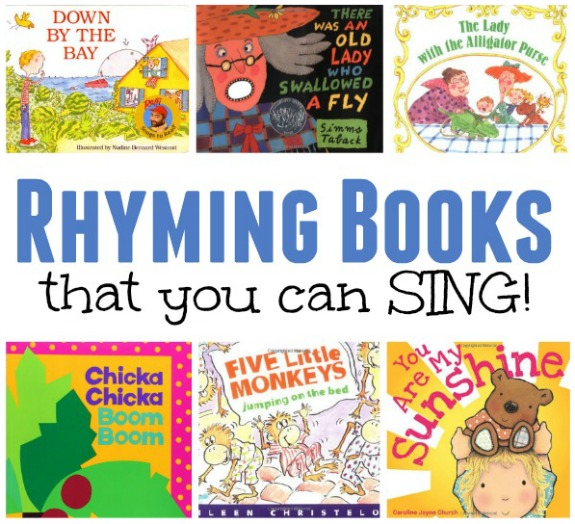
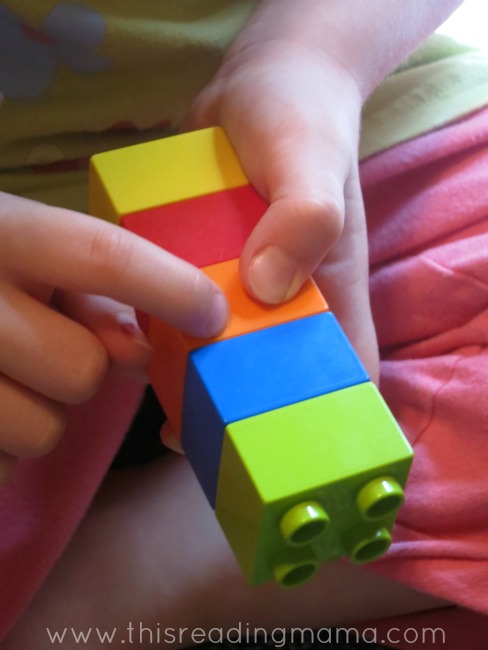

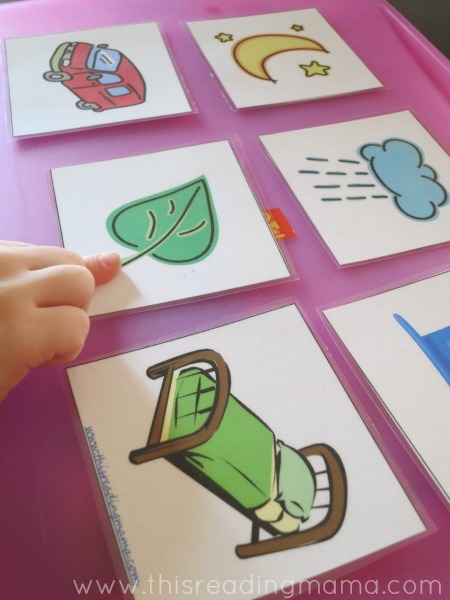
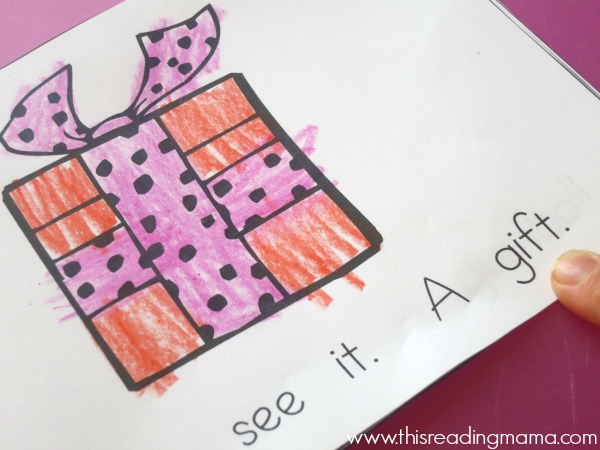
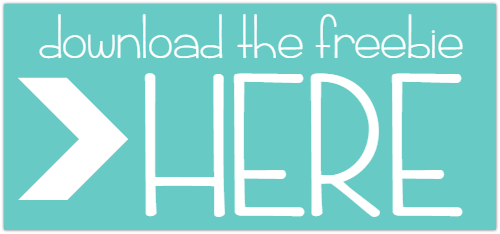
Your resources and information is extremely valuable to me. Thank you very much.
Kind regards, Adria Janni
Thank you very much. I learn a lot.
I have an almost 6 year old who really is not ready to read. But he is in kindergarten and is expected to learn. I have nanaged to get some sight words into him but we are struggling with sounding out words. He is still struggling with the sounds of the individual letters. Do you know any good way to help him grasp the sounding out process?
If he’s struggling with letter sounds, sounding out will be difficult. It might help to only focus on a few sounds at a time and sounding through words with just those letters. Something like n, o, t, p, and s; so you could create, not, pot, top, pots, stop. I have an article with other tips that might help, too–> https://thisreadingmama.com/helping-kids-sound-out-words/
Good day. I am glad to have people like you to help the other teachers with all these worksheets and great knowledge.
May God bless all of you. Thank you very much.
You are very welcome! I enjoy what I do!
Though I have been teaching for many years, I found your reading readiness checklist quite valuable – Thank you very much.
Truly, Becky, what would we do without you??? I was lucky enough to stumble across your website a few years ago. I tell everyone about it.
I teach 3 year olds who age out to around 4 when they leave. I teach blending and initial sounds whenever I read books to the class. By the end of the year, or even now, at this point in the year, they are whizzes at blending c/vc words and also telling me what the first sound is of a word. All by doing this little exercise daily as I read books to them. This is how it works:
I use the title. I point to each letter in the first word of the title, and pause expectantly after each letter, then if no one knows it (in the beginning of the year) I say just the sound. When I am done with all the sounds in that first word, then I go back, say the first sound as I hold out my left fist, and then say the rest of the sounds in the word as I bring my right fist together with the left fist. I wait for someone to say the word, but if they can’t (in the beginning of the year) then I say the word.
Repeat the whole process for the second word in the title.
If you just start out doing this in the beginning of the year, the kids are willing to sit there and listen to you. They get in the habit of expecting it and don’t protest.
WOW! Thank for for your Checklists, information and resources. Great timing!!